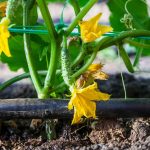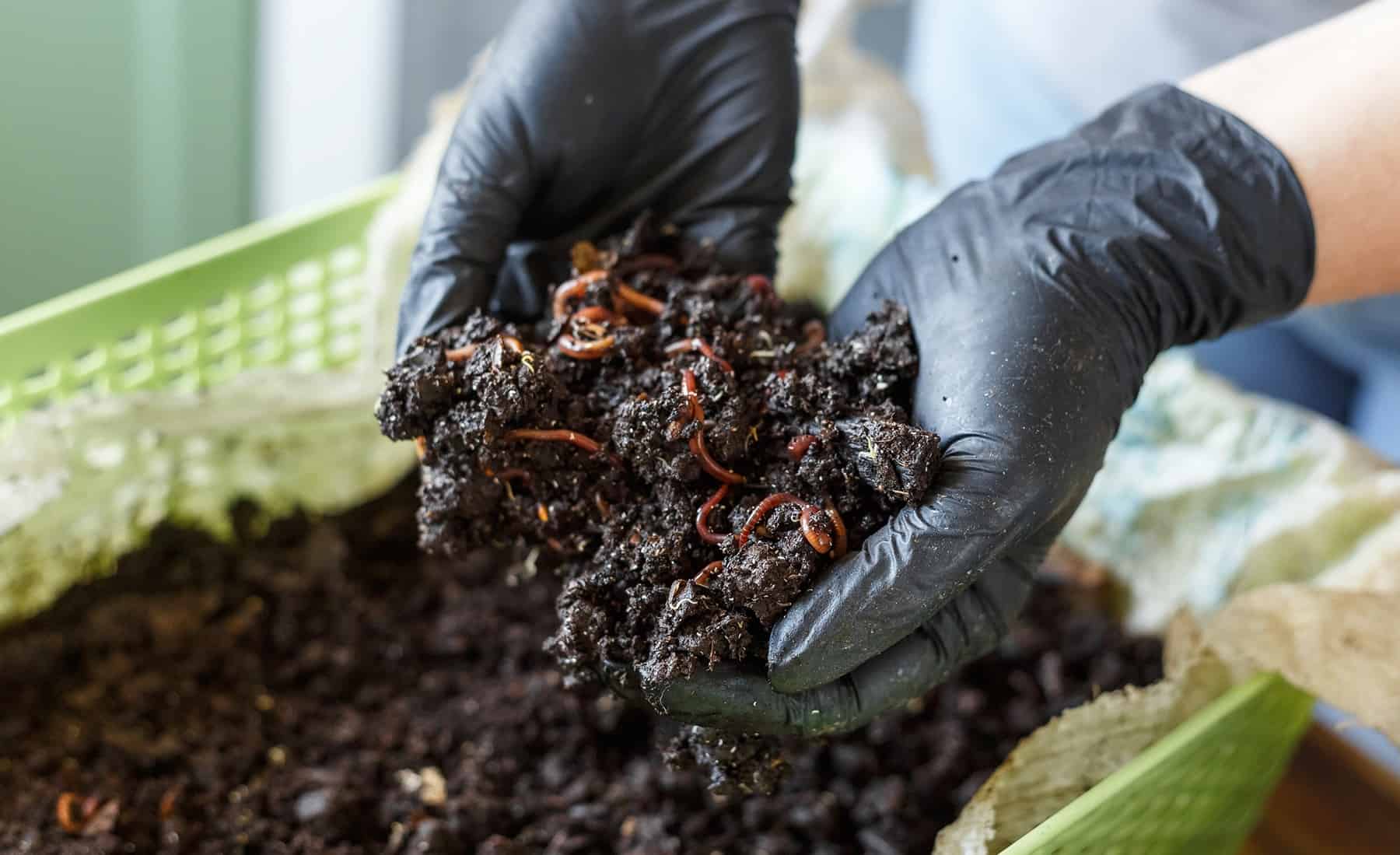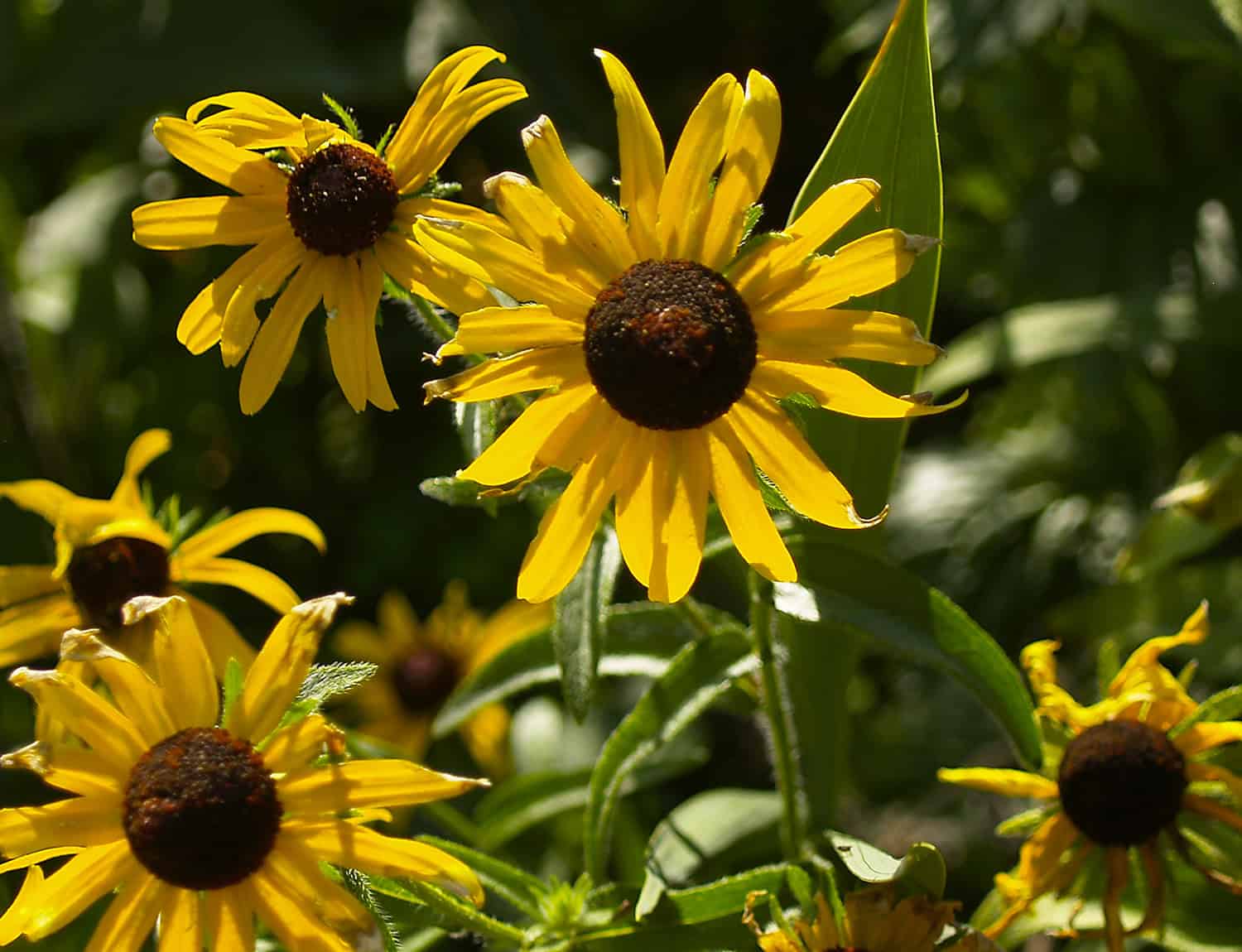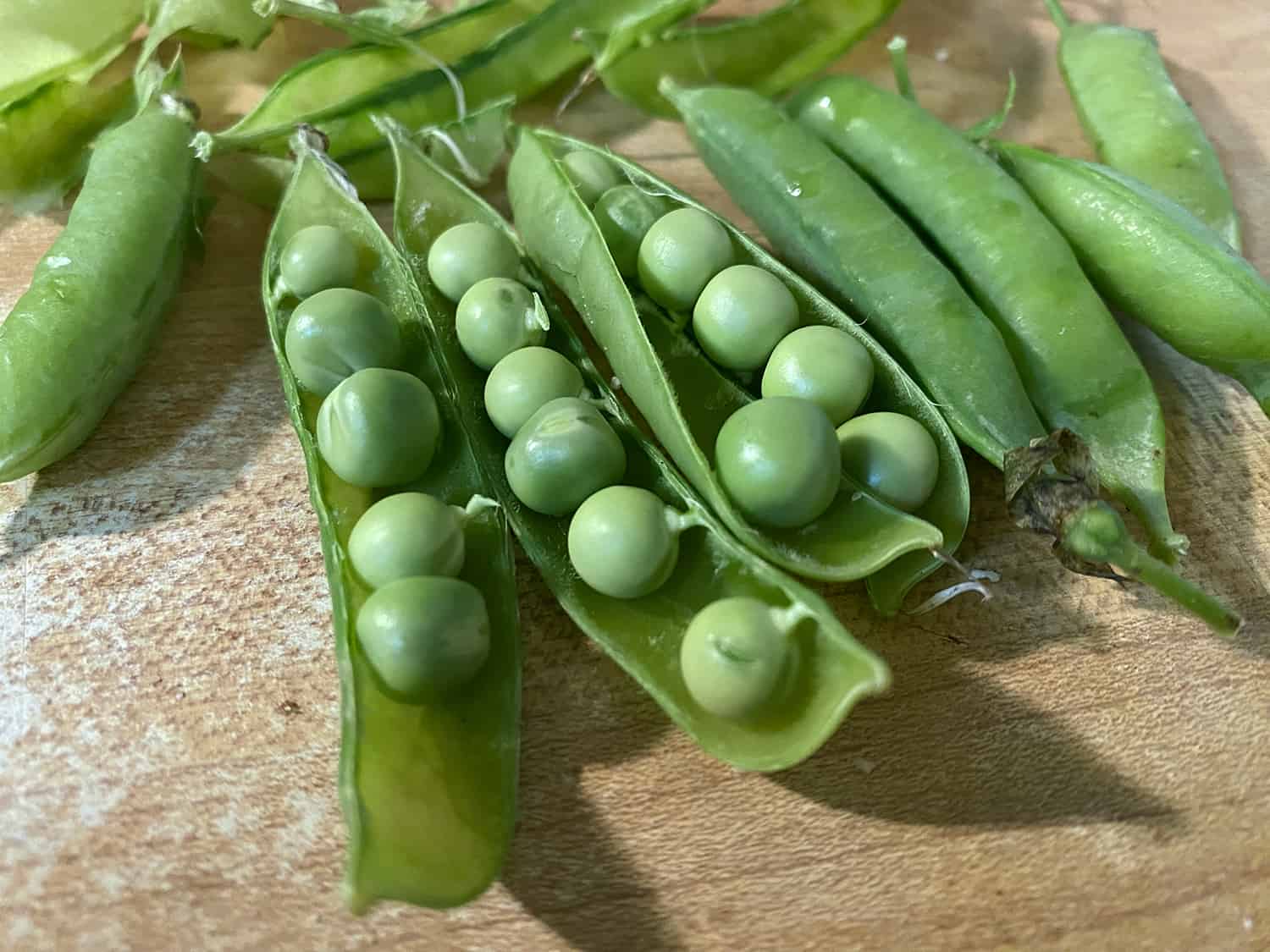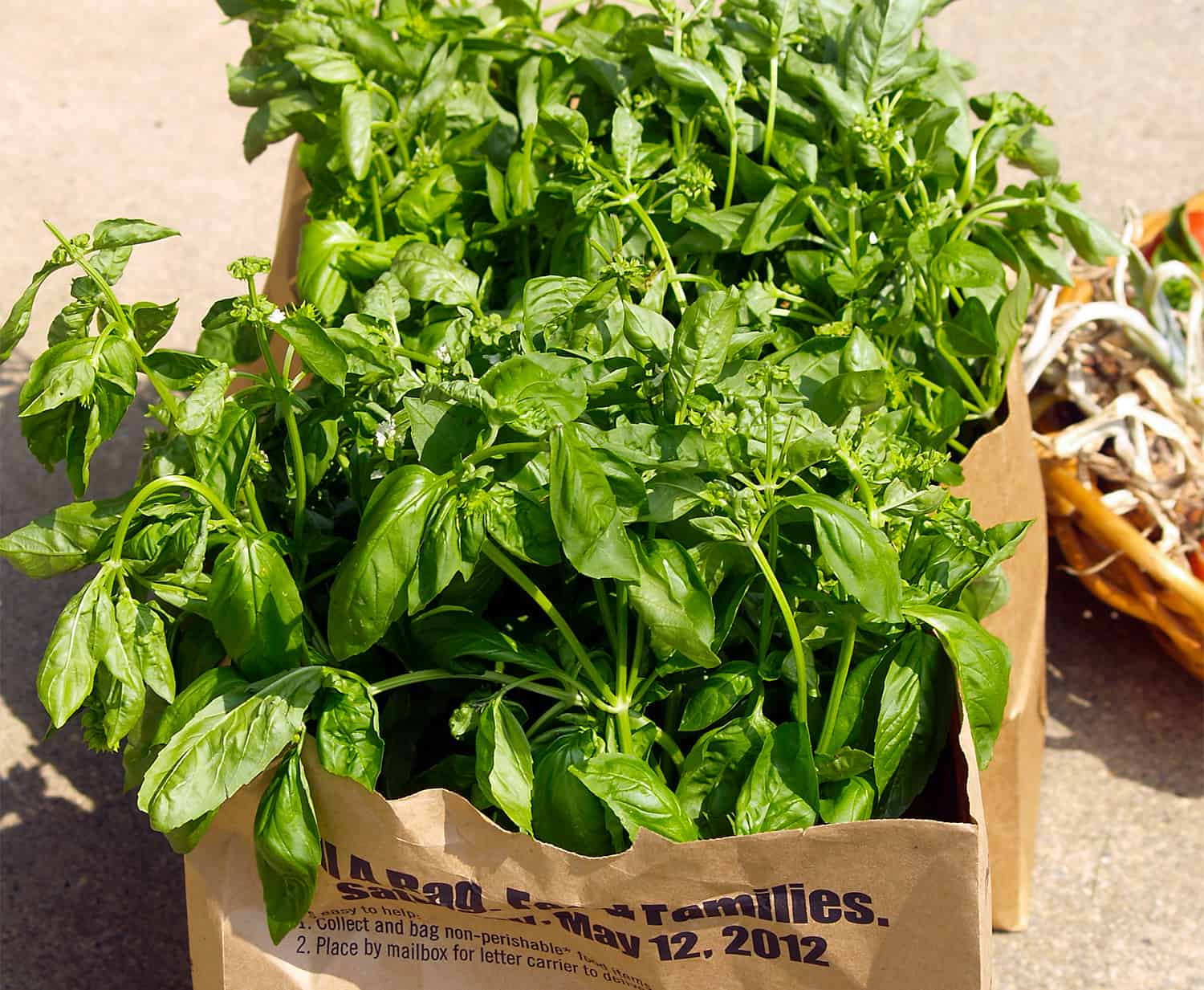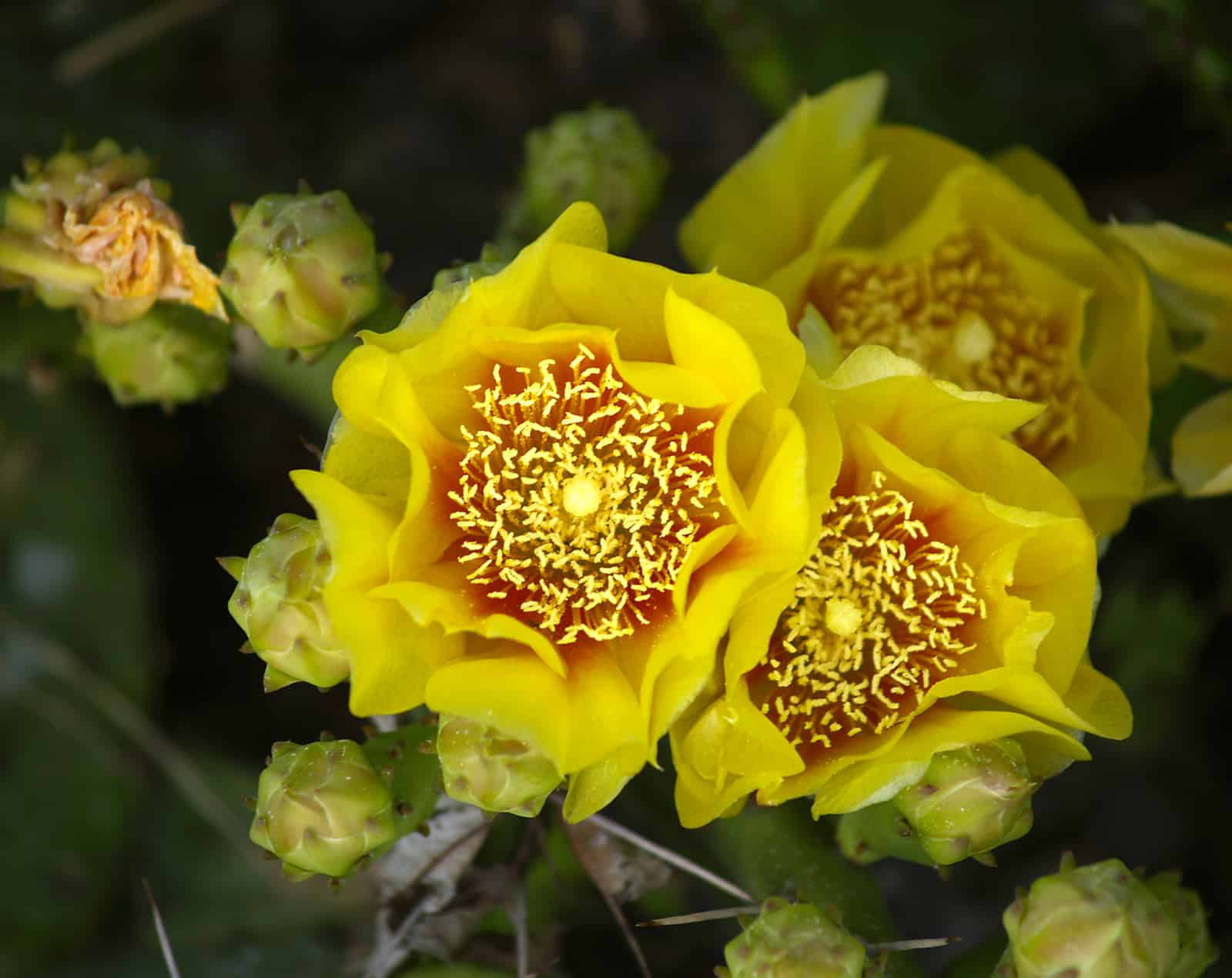[ad_1]
Worm Farming, typically often known as vermicomposting, is a popular technique of turning pure household waste into nutrient-rich pure fertilizer. On this worm farming data, you’ll be taught regarding the observe of vermicomposting and strategies to develop to be worthwhile at it. You may be shocked to be taught that worm farming for newcomers is much easier than you assume!
Let’s start digging, lets?
Introduction to Worm Farming for Novices
First, what exactly is worm farming? A worm farm is exactly what the establish implies, a farm for worms. It’s an enclosed compost house the place worms reside and feed off meals waste. The principle revenue is that the worms depart behind waste of their very personal (vermicompost or vermicast) which is extraordinarily nutrient-rich compost.
Aside from producing all-natural yard fertilizer, vermicomposting has many alternative nice benefits:
- Vermicomposting is environmentally nice: Worm farming is an effective technique to repurpose pure household waste. This means a lot much less waste in landfills and fewer harmful greenhouse gases.
- Worm farming might be completed wherever: Worm farms are very useful since they’re clear, odor-free and home atmosphere pleasant. They’re typically organize wherever: in an home, balcony, yard or storage.
- Worm farming produces nutrient-rich warmth tea: One different advantage of worm farms is the nutrient-rich by-product known as worm tea (aka worm leachate). That’s drained every couple of days and might be diluted with water (ratio of 1:10) and used as a liquid fertilizer to water crops.
Start Worm Farming
In relation to worm farming for newcomers, proper right here’s strategies to get started in 3 simple steps:
Step 1: Setting Up a Worm Farm
These are the provides important when first establishing a worm farm:
- Worm Bin: In relation to worm farming, it’s important to spend cash on a purpose-built worm composter. Worm farms are designed with trays and generally a spigot, which makes it easy in relation to reap worm castings and amassing worm tea.
- Worm Bedding: Subsequent, it’s important to to line the tray with relevant bedding to create a home to your worms. Leaves, cardboard, compost, and shredded newspaper are all good decisions.
- Composting Worms: This one’s obvious. You’ll need about one pound of worm for every sq. foot house of the bin, and there are solely positive species it’s best to use (which I’ll get to throughout the subsequent section).
- Frequent Present of Compostable Supplies: This can be one thing from various handfuls of backyard mowing clippings to kitchen scraps. Points like tea baggage, coffee grounds, fruits, and veggies are good. Merely ensure you steer clear of meat, onions, citrus, cooking oil, dairy, and totally different heavily-processed meals. Worms dislike these meals they often might entice pests and make the bin odor.
- Choose an applicable location to your warmth farm: Ideally, a worm farm should be positioned in an house the place the temperature sits between 40 to 80˚F. This means cool, darkish areas equal to a yard shed, basement, or any house away from direct daylight. For individuals who reside someplace that experiences extreme climates, ensure you switch your composter indoors as snow or extreme heat can kill the worms.
- Select the Correct Worm Species: Sadly, you probably can’t use odd yard worms for composting nonetheless there are totally different vermicomposting-friendly species to get the job completed. Crimson Wigglers are probably the most well-liked selection because of they’re fast breeders. European Nightcrawlers are moreover an excellent selection since they generate a lot much less odor and are adept at consuming pests like slugs.
Step 2: Sustaining your Worm Farm
If you’ve made a model new residence to your worms and each little factor is prepared up, it’s important to keep up on prime of the maintenance. Listed beneath are my prime tips to protect your worm farm thriving:
- Don’t Overfeed the Worms: That’s the major mistake worm farming newcomers make. Sure, worms eat their physique weight in a day, nonetheless together with an extreme quantity of meals throughout the bin is a huge no-no. It is as a result of any further meals can heat the bin and improve acidity, which could then set off it to odor and entice pests.
- Chop Up Scraps: Worms don’t have any tooth, so it’s good to cut up meals scraps into small objects to help them digest them faster. A meals processor is an environment friendly answer to tempo up this course of.
- Protect Moisture Ranges: The moisture in your compost bin should be monitored because of worms breathe through their pores and pores and skin. Any essential fluctuations can adversely impact these critters. In case your bin seems too dry, add moisture by evenly spraying water. Conversely, in case your bin appears too moist, take away any soggy bedding and substitute it with dry supplies.
- Drain Worm Tea Often: The small amount of liquid that sweeps into the underside of your worm farm is called worm tea and is an excellent liquid fertilizer. Most worm farms have a spigot faucet on the bottom that makes it easy to empty the worm tea. It’s important to empty this often so that your farm doesn’t start to odor.
Step 3: Harvesting and Using Vermicompost
It takes 60 to 90 days for vermicompost to get to the aim of harvest. If you uncover vermicast (rich, black, unfastened, crumbly supplies) in your worm farm it’s time to reap!
It’s possible you’ll harvest your vermicompost in various strategies along with hand harvesting, gentle harvesting and the bait methodology. If you’ve collected your treasured worm castings, add them to your veggie yard or pots for an beautiful nutrient improve!
And there you’ve got acquired it, the final phrase worm farming data to get you started on this widespread composting observe. If you’ve purchased and organize your worm composter, concede to often feed your worms and drain the worm tea. In a short time you’ll be harvesting your vermicast gold!
Proper right here is an excellent video from North Carolina State Extension on getting started with vermicomposting.
Creator bio: Elle Reed, of The Potager Enterprise, is a passionate gardener and advocate for educating beginner gardeners strategies to develop their very personal meals. Elle’s mission is to encourage and empower people to get once more to fundamentals, start a vegetable yard, and embrace a sustainable life-style. “Whether or not or not it’s various herb pots in an home, a potager or a full yard plot, we are going to all ‘start someplace’ to develop our private meals”
[ad_2]



